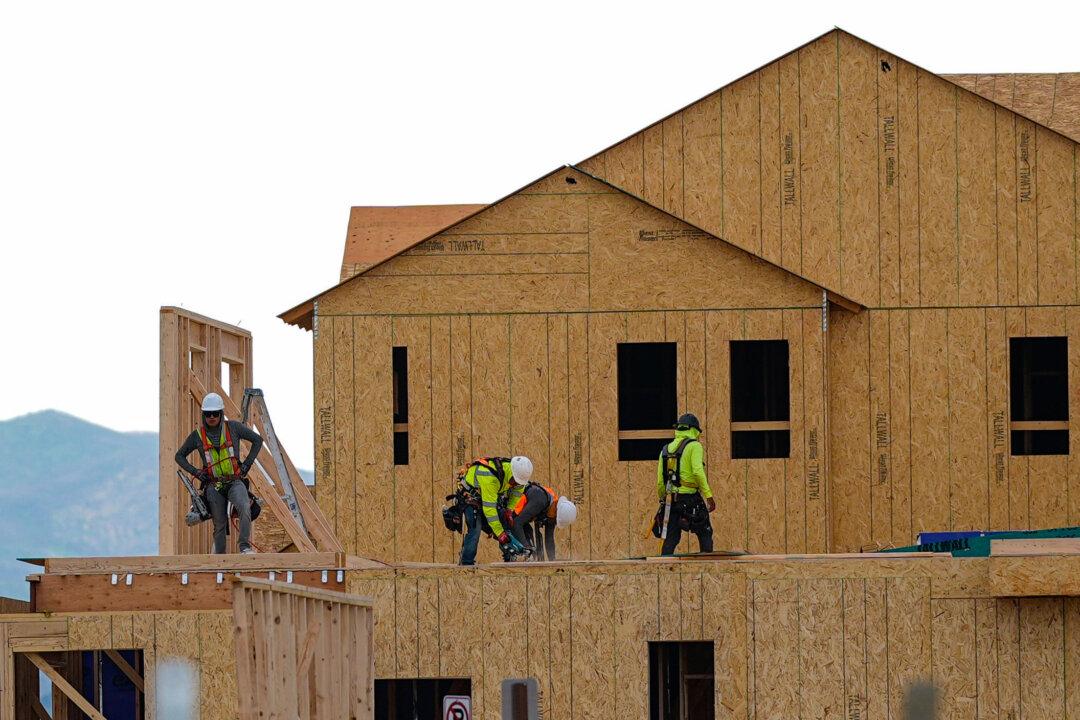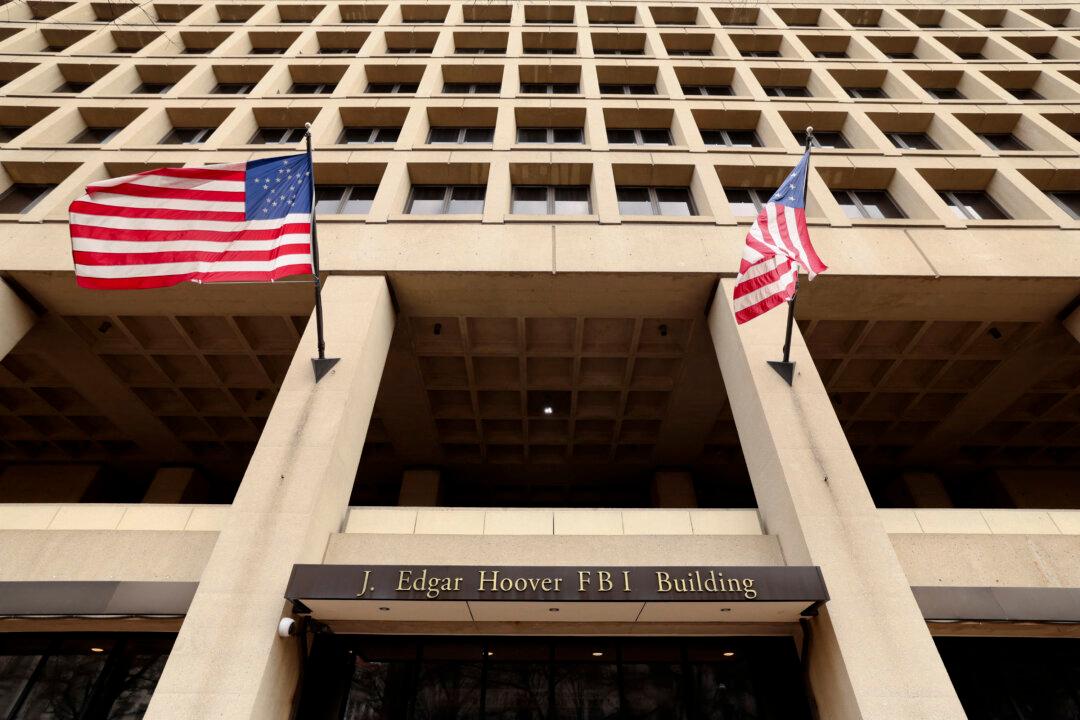A key Federal Reserve official said Wednesday that the economic conditions for raising interest rates could be met by the end of 2022, paving the way for a liftoff of the Fed’s benchmark rate from its current level of near zero.
“My expectation today is that the labor market by the end of 2022 will have reached my assessment of maximum employment,” Clarida said, adding that if inflation expectations remain “well anchored” at the Fed’s 2 percent longer-run goal, “commencing policy normalization in 2023 would, under these conditions, be entirely consistent with our new flexible average inflation targeting framework.”
Clarida helped craft that framework, which the Fed formally adopted last August, under which the central bank has pledged to keep rates at their current near-zero level until the economy reaches full employment, and inflation hits the Fed’s 2 percent goal and is on track to moderately exceed that pace for some time.
In his remarks to the Peterson Institute for International Economics, Clarida said he expects the Fed’s preferred inflation gauge, the so-called core personal consumption expenditures (PCE) price index, to surge to at least 3 percent this year before falling back to 2.1 percent for the next two years.
Some economists have expressed concerns that if prices rise too fast and stay high for too long, expectations of further price increases could take hold, driving up demand for wages and potentially triggering the kind of wage-price spiral that plagued the economy in the 1970s.
Fed officials, as well as key members of the Biden administration, have insisted inflation is transitory and upwards price pressures will abate once pandemic-related supply chain dislocations moderate.
“Although in a number of sectors of the economy the imbalances between demand and supply—including labor supply—are substantial, I do continue to judge that these imbalances are likely to dissipate over time as the labor market and global supply chains eventually adjust and, importantly, do so without putting persistent upward pressure on price inflation, wage gains adjusted for productivity, and the 2 percent longer-run inflation objective,” Clarida said in his remarks.
At the same time, Clarida acknowledged that there are risks to the Fed’s economic outlook, including that inflation might end up running hotter and for longer than anticipated.
“I believe that the risks to my outlook for inflation are to the upside,” Clarida said.





